Report this entry
More from the same community-collection
Christmas - 2016 - San Jacinto Plaza
Savannah Appelzoller and Annalyse Appelzoller at the San Jacinto ...
Christmas - 2016 - San Jacinto Plaza
Photograph taken at the San Jacinto Christmas Celebration. Left ...
San Jacinto Plaza - Christmas 2016
San Jacinto Plaza - December of the year 2016. Two children are ...
San Jacinto Plaza - Christmas 2016
San Jacinto Plaza - downtown El Paso, Texas during the lighting ...
San Jacinto Plaza - Christmas 2016
San Jacinto Plaza during the lighting of the plaza-- December of ...
San Jacinto Plaza - Christmas - 2016
Annalyse Appelzoller and Savannah Appelzoller during the San ...





















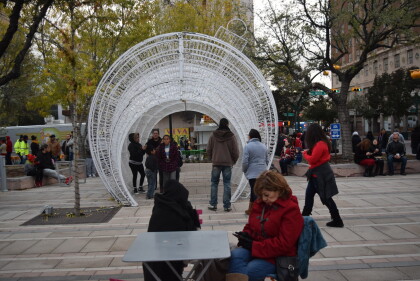
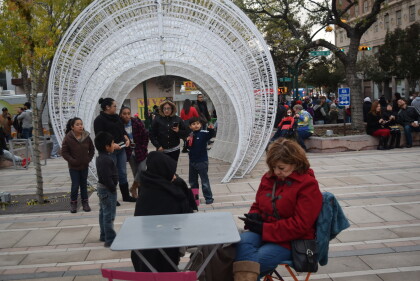
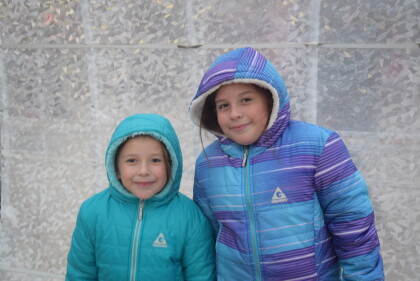
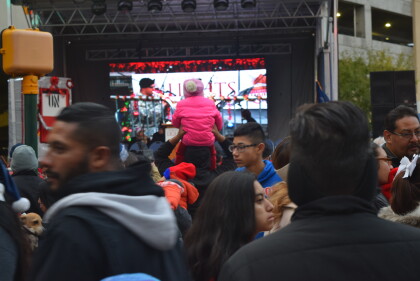
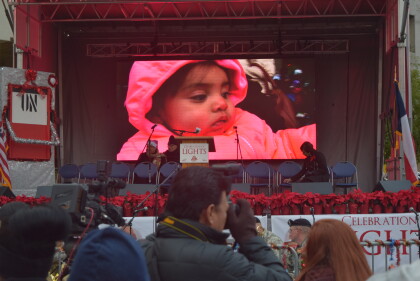
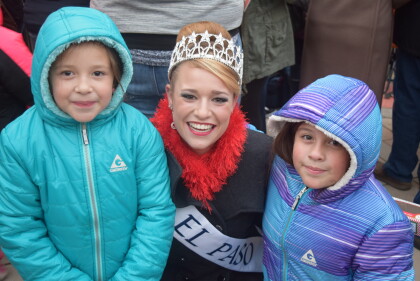
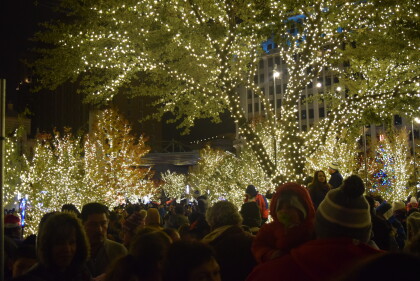
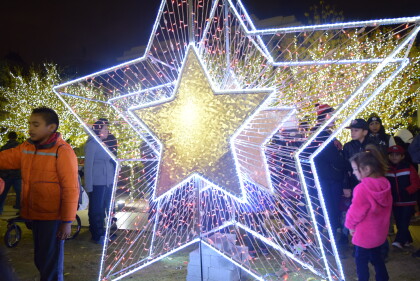
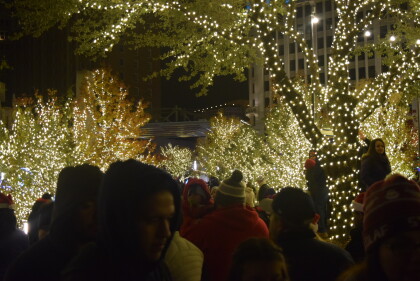
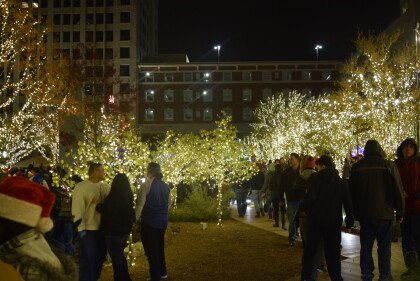
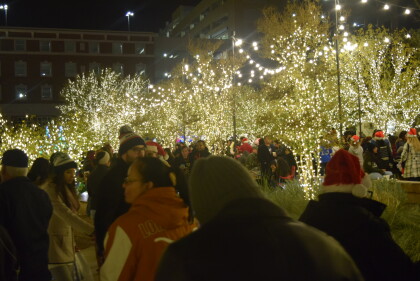
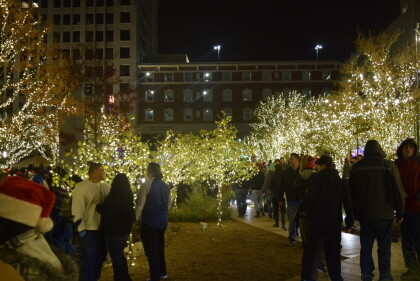
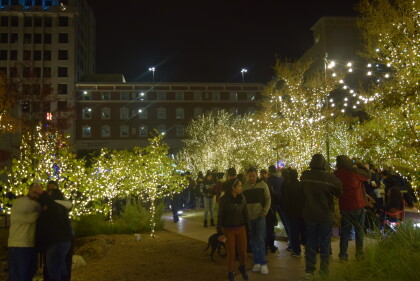
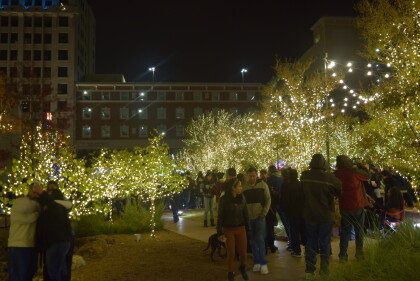
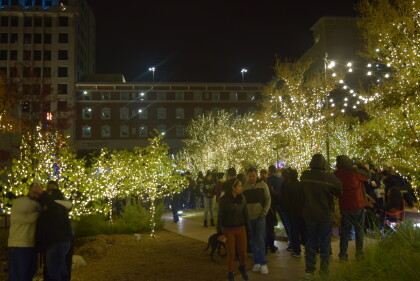
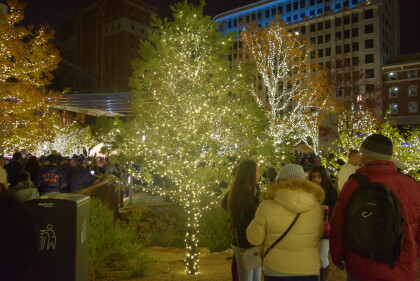
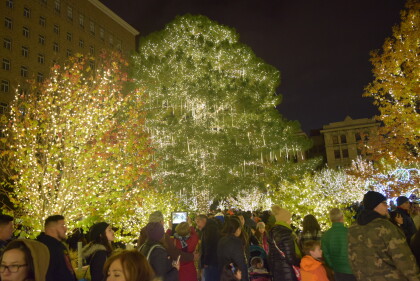
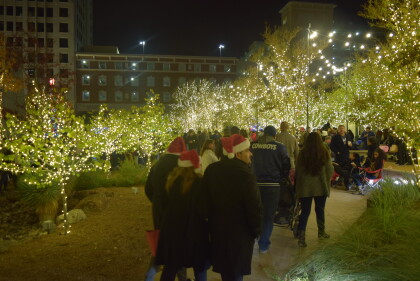
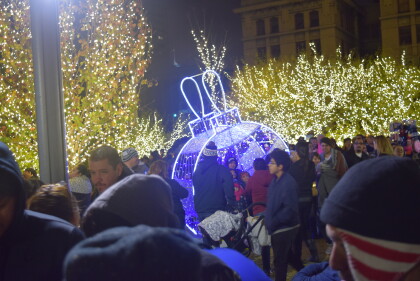
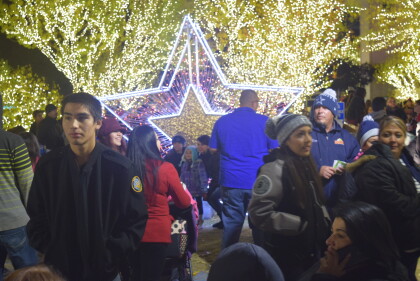
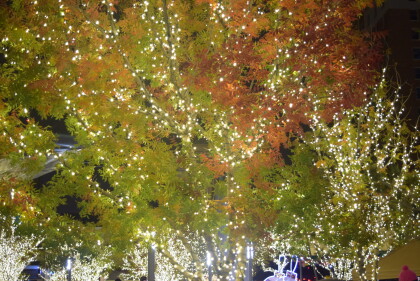
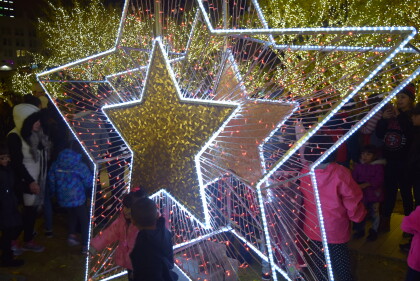
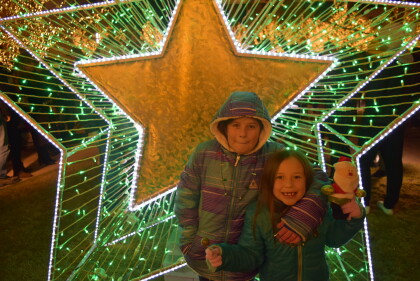
Comments
Add a comment